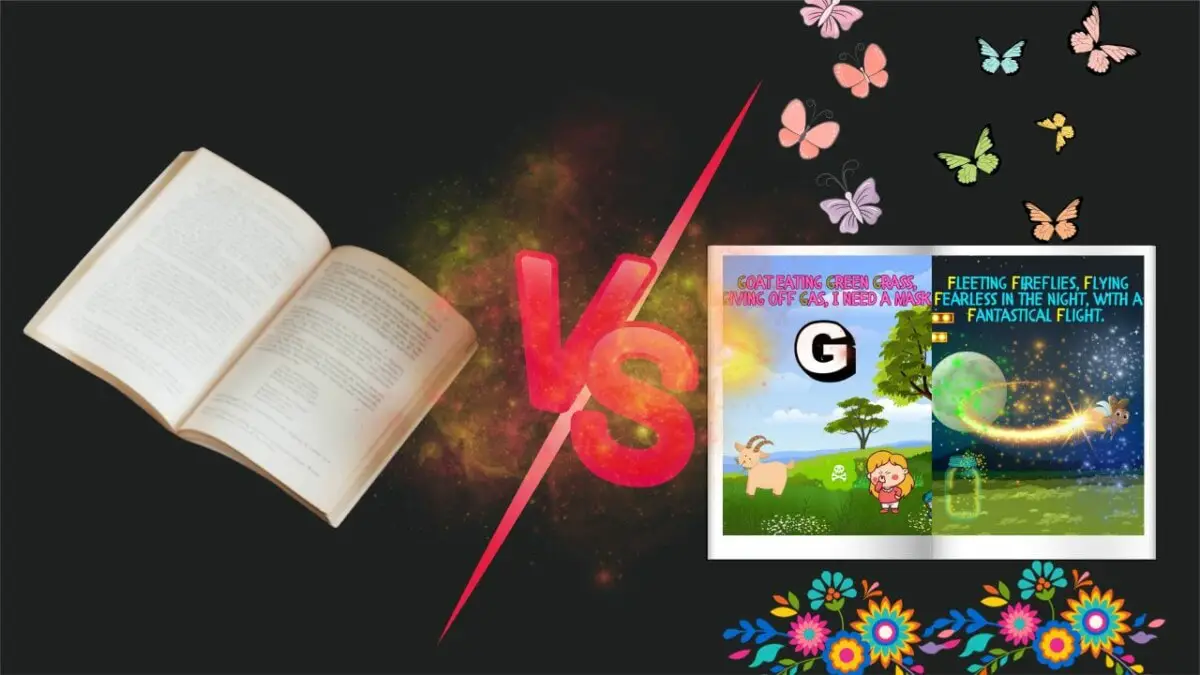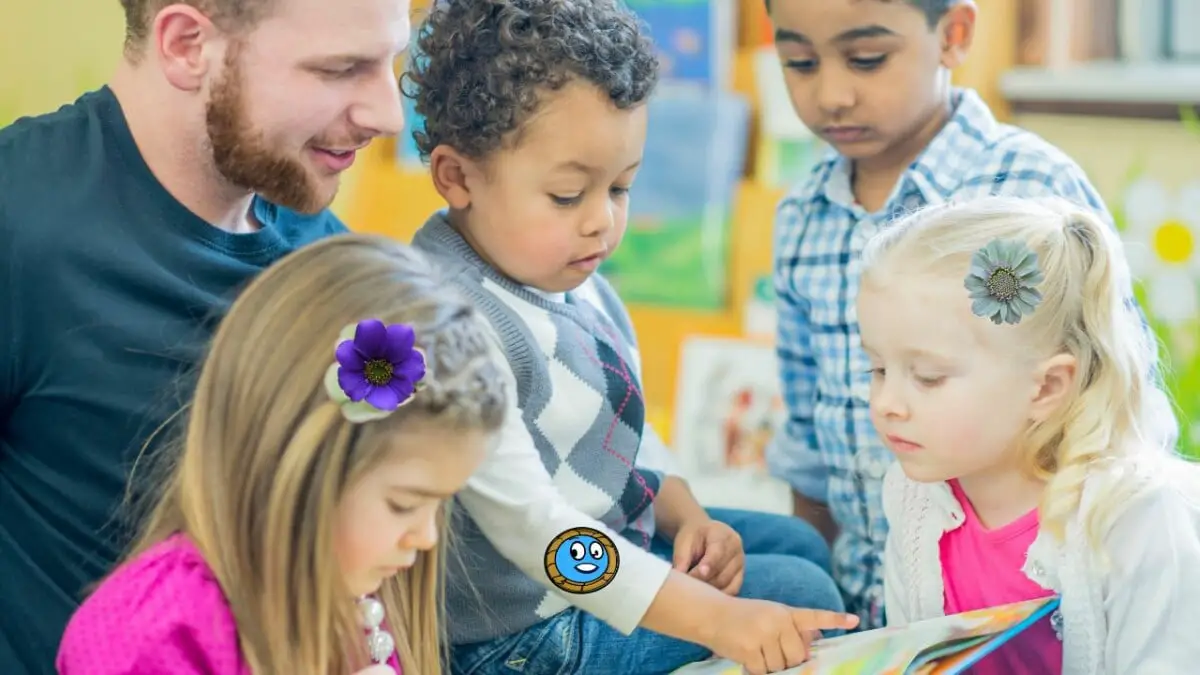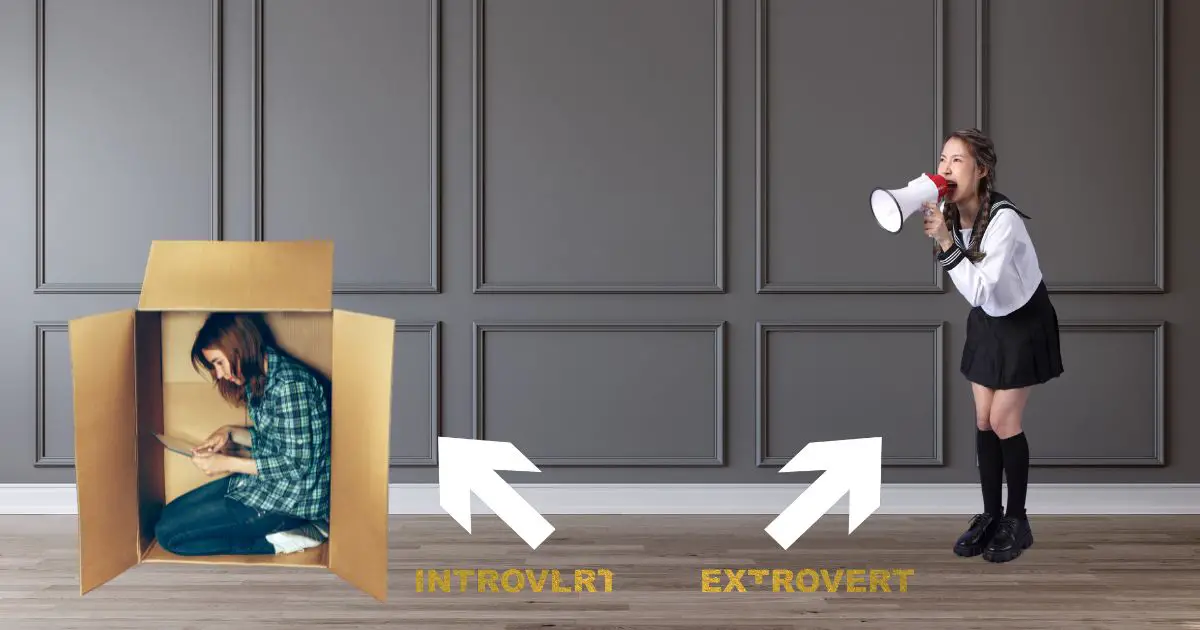When deciding on a book, the choice towards ones with more pictures rather than the hefty ones brimming with text might not simply be a result of you being lazy, but is it something else, or are you simply just making excuses for yourself?
The human brain can process visual information at an incredible 60,000 times faster than text. This could serve as a compelling explanation for why our brains naturally lean towards books with images rather than those focused more on text.
In the digital age, the prevalence of visual content has skyrocketed. From social media platforms to websites, advertisements to news articles, images have overtaken text in our daily lives. We are bombarded with beautiful visuals that demand our attention and often overshadow the written content accompanying them.
This article aims to explore the fascinating phenomenon of why we, as individuals, are inherently inclined to enjoy seeing images more than reading words. By exploring the unique power of visual stimuli, evolutionary factors, attention span and engagement, psychological and cultural influences, and various implications, we can gain insights into the allure of images and their impact on our perception and interaction with information.
Our preference for visual content stems from a combination of deeply ingrained evolutionary factors, cognitive tendencies, and the changing landscape of communication which is now dominated by our smartphone rather than old-school letter writing.
Power of Visual Stimuli

Explanation of Visual Processing
The brain is remarkably adept at processing visual information. Visual processing occurs in specialized regions of our brain, such as the occipital lobe, which is responsible for visual perception. This wiring allows us to quickly and effortlessly interpret and make sense of the visual world around us at an incredible speed.
When we encounter an image, the brain rapidly analyzes its various elements, such as color, shape, and spatial relationships. This process occurs in parallel, allowing us to grasp the overall meaning and context of an image within milliseconds. In contrast, reading and comprehending written text requires sequential processing, as we must decode individual letters and words to understand the message.

How Images Affect Our Emotional
Visual content possesses a unique ability to evoke our emotions and create an immediate impact. Images can bypass our rational thinking and directly tap into our emotions, often eliciting strong reactions. Whether it’s a breathtaking landscape, a heartwarming moment, or a poignant image capturing human suffering, visuals have a way of stirring up our emotions and fostering a deep sense of connection and empathy.
Moreover, images can convey complex emotions more effectively than words alone. Facial expressions, body language, and visual metaphors can communicate nuanced emotions that might be challenging to express solely through text. By engaging our emotions, images have the potential to leave a lasting impression and forge a stronger connection with the viewers.
Have you ever experienced thinking someone was upset with you through text, only to discover later that they weren’t upset at all? This is another reason why people lean towards images over text; a picture of a sad face can instantly show someone’s emotions.
A plain text saying “I am sad” doesn’t quite capture the same emotional nuance, unless the person uses strong language to describe their feelings. However, most people don’t text that way regularly, and putting in that much effort every time is hard work compared to a simple image.
Cognitive Ease
Processing images requires less cognitive effort compared to reading and comprehending text. The human brain is wired to process visuals holistically, allowing us to grasp the meaning of an image very quickly. This cognitive ease stems from the brain’s ability to process images in parallel and make use of visual patterns.
On the flip side, reading involves the step-by-step decoding of letters and words, making it a slower process compared to quickly absorbing information from a vibrant image. It requires more cognitive resources, concentration, and mental effort, especially when dealing with new complex, or unfamiliar concepts.
If you’re reading in a new language, it can be extremely challenging. The simplicity of grasping information from visuals enables us to process it more efficiently and with less strain on our cognitive capacity.
Additionally, images have the advantage of being able to convey information concisely and compactly. They can encapsulate complex ideas, data, or narratives into a single visual image, making it easier for viewers to absorb and retain the information.
The combination of efficient visual processing, emotional impact, and cognitive ease contributes to our enhanced enjoyment and preference for seeing pretty images over reading words. Even if you use fancy fonts and play with different font colors, it might catch your eye initially, but it still doesn’t truly compare to the impact of viewing an image. By tapping into our cognitive and emotional processes, visual stimuli influence our perception, engagement, and understanding of information.
Evolutionary Factors

Visual Evolution
Humans have evolved to rely heavily on visual cues for survival for a long time. Throughout our evolutionary history, our ancestors relied on visual perception to quickly identify and interpret their surroundings, assess potential danger, and locate resources for use. This reliance on visual stimuli allowed for quick and effective decision-making and increased our chances of survival.
Our visual system has evolved to prioritize the processing of visual information due to its critical role in our environment, but that’s not to undermine the importance of text words—they also play an important role in the development of the human race.
However, it’s essential to recognize that when we’re born, we don’t inherently know how to read and write; these skills are learned from our teachers or parents. While text-based words have their significance, there’s a time and place to use them.
If we had to choose between the text and images, the clear winner for survival would undoubtedly be images. This prioritization is evident in the brain’s allocation of neural resources to visual processing regions, enabling us to detect and respond to visual stimuli with remarkable speed.
Visual Storytelling
Visual storytelling has played a significant role in human communication for a long time. Even before the development of written language, early humans used visual symbols and cave paintings to tell stories, and experiences, and to pass down cultural knowledge. Visual narratives were an effective means of passing down information across generations, facilitating learning, and strengthening social bonds.
The power of visual storytelling continues to resonate in our modern society. From ancient murals and tapestries to contemporary films and television advertisements, visuals can engage audiences like no other, transcending language barriers and many cultural differences. Visual narratives tap into our innate ability to interpret and derive meaning from visual cues, creating an interesting and immersive storytelling experience.

Improve Memory Retention
Research consistently shows that visuals are more memorable than written words. The brain has a remarkable capacity to keep and recall visual information due to the way it processes and stores memories. Research has shown that people remember visuals with greater accuracy and for a longer period compared to written words alone.
The phenomenon, known as the picture superiority effect, shows that our memory systems are inherently biased toward visual stimuli. Visual information is more likely to be encoded into long-term memory and retrieved a lot easier compared to textual information. This improved memory retention can be attributed to the brain’s ability to store visual details, spatial relationships, and emotional associations alongside the visual stimuli.
When images and words are presented together, they create a dual coding effect, where both visual and verbal representations reinforce each other, leading to higher memory recall. This can be a learning strategy to use the next time you are studying for a test or something important.
By tapping deep into our evolutionary predisposition for visual information, visual storytelling, and the inherent memorability of visuals, we come to better understand why we enjoy seeing images more than reading words. These evolutionary factors contribute greatly to our preference for visual content and highlight the enduring power of visuals in capturing our attention.
Psychological and Cultural Influences

Aesthetic Appeal
Images possess an inherent aesthetic appeal that can greatly impact the user experience. Humans are naturally drawn to visually pleasing elements, such as amazing landscapes, and symmetrical patterns. This preference for aesthetics extends to books as well, where visually appealing images in a book can enhance the overall appeal and engagement of content over a boarding book with little images.
Numerous book publishing gurus emphasize a common point—the cover of a book is the most important factor in driving sales. While the textual element, like the book description, holds significance, it is the cover which is imagery that is the most important for sales. This underscores the idea that the first thing catching a reader’s attention is an image, not text.
Visual aesthetics is extremely important as different colors on an image alone can make a person feel a certain way, as they can evoke positive emotions, create a sense of pleasure, and foster a more enjoyable interaction. Well-designed visuals can elicit feelings of satisfaction, delight, and even intrigue.
Can you picture a book cover that’s red and uses brown text as the title? The mere thought might already be a turn-off unless you have a particularly unique taste. While personal preferences can vary, it highlights the importance of visual aesthetics in capturing people’s attention.

Cultural Influences
Our preference for visual content is influenced by cultural factors. Different cultures place varying emphasis on the visual arts, resulting in diverse aesthetic sensibilities. For example, some cultures on this side of the world may value intricate and detailed visuals, while other cultures on the other side of the world may prioritize minimalism and simplicity.
Cultural norms and traditions can also shape our understanding and interpretation of images. Symbols, colors, and visual metaphors carry cultural meanings, which can affect how we perceive images. Additionally, cultural practices and traditions may influence the types of images that are considered appropriate or desirable.
Social Media and Visual Culture
Social media platforms have significantly contributed to the dominance of visual content consumption in modern society. Social media platforms, such as Instagram, and TikTok, prioritize visual communication and provide users with a platform to share images. Images we take on holidays and on our vacations.
These platforms have created the proliferation of visual culture, where individuals and brands can curate and share visually appealing images to gain attention and engagement. The emphasis on visual aesthetics, storytelling with images, and the use of image editing tools has further solidified the role of visual content in shaping our online experiences.
These powerful social media platforms have created a feedback loop where users are constantly exposed to visually appealing content, leading to an increased expectation for visually stimulating experiences.
Psychological factors like the inherent aesthetic appeal of images and the impact is have, combined with cultural influences and the rise of social media, have greatly contributed to our inclination towards images over reading words. Understanding these psychological and cultural factors helps us appreciate the power of visuals in shaping our perception, and communication in today’s world.
Attention Span

Shortening Attention Spans
In today’s digital world, maintaining readers’ attention has become increasingly difficult due to the abundance of information and constant distractions like our smartphones. The rise of social media, and the internet has led to a constant stream of things vying for our limited attention. As a result, our attention spans have shortened over time, making it more difficult for written text alone to stand out and hold our interest.
The fast-paced nature of the digital world has conditioned all of us to seek instant gratification and quick bursts of information. Long paragraphs of text can be daunting, leading to decreased engagement and a higher likelihood of us abandoning the content altogether.
Visual Engagement
Visual content has a huge advantage when it comes to capturing attention and keeping readers engaged. Images, videos, infographics, and many other forms of visual elements have the power to grab our attention instantly. The brain is naturally drawn to visually stimulating content, as it stands out over the sea of textual information everywhere we turn.
Image can convey information rapidly, allowing readers to grasp key ideas or concepts at a glance. Images break up the monotony of text, providing visual relief and stimulating our senses.
The dynamic nature of visual content, with its vibrant colors, and interactivity, creates a multisensory experience that interests the audience. This increased engagement can result in enjoyment, better information retention, and a higher likelihood of readers staying engaged longer.

Multimodal Communication
Combining visuals with text in a multimodal approach offers numerous benefits for comprehension and engagement. By incorporating visual elements such as images, charts, and diagrams alongside written text, information can be presented in a more accessible and engaging manner.
Visuals can serve as anchors for understanding complex concepts, providing visual context, and aiding in the interpretation of textual information. They can simplify intricate ideas, illustrate relationships, or present data in a visually digestible format. This multimodal approach enhances comprehension by leveraging the strengths of both visual and textual communication.
Furthermore, the combination of visuals and text increases the overall appeal of the content. It caters to different learning styles and preferences, accommodating those who are more visually oriented or require visual aids to reinforce their understanding. By offering a diverse range of modalities, multimodal communication fosters a richer and more inclusive reading experience.
The challenges posed by shortening attention spans and information overload necessitate the use of visual engagement strategies. Visual content has a unique ability to capture attention, sustain engagement, and enhance comprehension. When combined with text, visuals create a powerful multimodal communication approach that appeals to a broader audience and facilitates a more immersive and impactful reading experience.
Ending
We’ve explored the many aspects of visual content and its impact on engagement, comprehension, and communication, and why it is so powerful compared to reading words. In an era of information overload, getting readers’ attention is a big challenge. Visual content helps capture and sustain attention better than text alone.
Visuals have an inherent aesthetic appeal that attracts users, and they break the monotony of text and stimulate the senses. Visuals have an intrinsic aesthetic appeal that contributes to a positive experience, and cultural factors shape our inclination toward visual content. Knowing all of this, should we give up reading text and just look at books with images?
Both images and text have their place, and utilizing them together proves to be the most effective. It’s worth noting that a book with only images might be confusing in storytelling, whereas a text-only book can narrate an entire story without confusing the reader.
So, while the appeal of images is undeniable, reading remains crucial in our society. Imagine if your schools taught biology solely through images; that might pose a problem. Reading will continue to play a vital role in our society, even if images are more visually pleasing, so please keep reading. Visual content provides a powerful form of communication, catering to diverse learning styles, and fostering a more immersive and enjoyable experience.
By AL Tran





